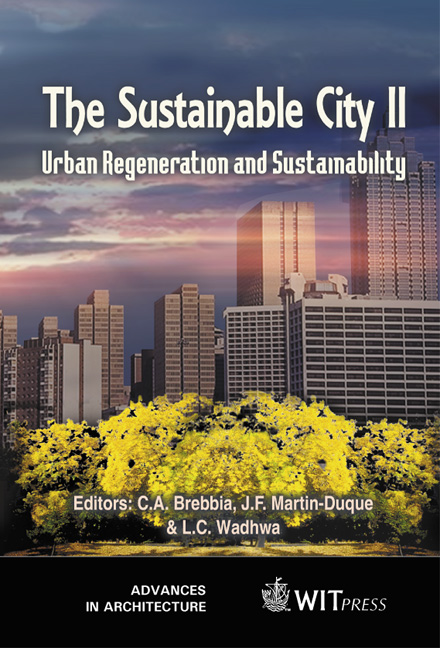New High-speed Rail Lines And Small Cities: Locating The Station
Price
Free (open access)
Transaction
Volume
54
Pages
Published
2002
Size
540 kb
Paper DOI
10.2495/URS020771
Copyright
WIT Press
Author(s)
J M Menéndez, B Guirao, J M Coronado, A Rivas, F J Rodríguez, C Ribalaygua & J M Ureña
Abstract
This paper studies the effects of high-speed railway stations, mainly on urban development of small size cities. For this purpose, we have analyzed twelve European cases and they have been sorted into different groups depending on the station location related to the city. Three categories have been defined: central station, edge station, and external station. As a result of this, for each group of European stations advantages and disadvantages, in terms of urban development and mobility, have been detected. This report will help planners to define some criteria to design and locate new high-speed railway stations in small size cities. 1 Study targets Up to now, the main target of new high-speed lines has been connecting two big population areas which size justifies the public investment required for its construction. But also, small and medium size cities are generally included in interior points of these lines. In these small cities, the new infrastructure is perceived as an important tool for the economic development and urban dynamism, and this is why local authorities must find the way to adapt the city to its new situation, in order to get the maximum benefit from it. There are several experiences in France and Germany of cities of this size, where strategic plans have been implemented in order to define the optimum conditions for the location and design of the rail station and surroundings. In other cities, urban plans have paid less attention on this matter, so it seems necessary to study what
Keywords





